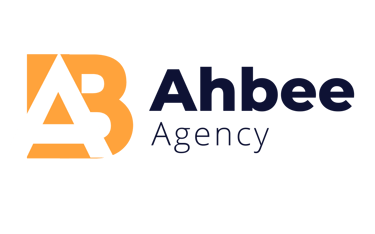Website Optimization
This lesson explores website optimization with a focus on boosting site speed to improve user experience. It covers key performance factors such as software, themes, plugins, and third-party integrations. You'll learn how to assess performance using tools like PageSpeed Insights and WebPageTest, with an emphasis on Google's Core Web Vitals. The lesson also underscores the value of quality hosting and suggests WordPress plugins like W3 Total Cache and WP-Optimize to enhance performance.
4/3/20251 min read
When you modify your website for optimization reasons, this is on-page SEO; any SEO you do outside of your website is off-page SEO. You should use a combination of both the on-page and off-page techniques, since search engines use both to rank the relevance of your website.
On-page SEO Factors
1. Good content.
2. Keyword density.
3. URL.
4. Headings and captions.
5. File names.
Off-page SEO Factors
1. Backlinks: these are links on other websites that lead back to your website. When someone links to your website, it indicates to search engines that people like your content.
2. Social Signal: Facebook shares tweets, etc. Like backlinks, search engines see social signals as signs that people like your website.
3. Social Media: Being involved in social media can boost web traffic and SEO overall.
4. Directories and review sites.

